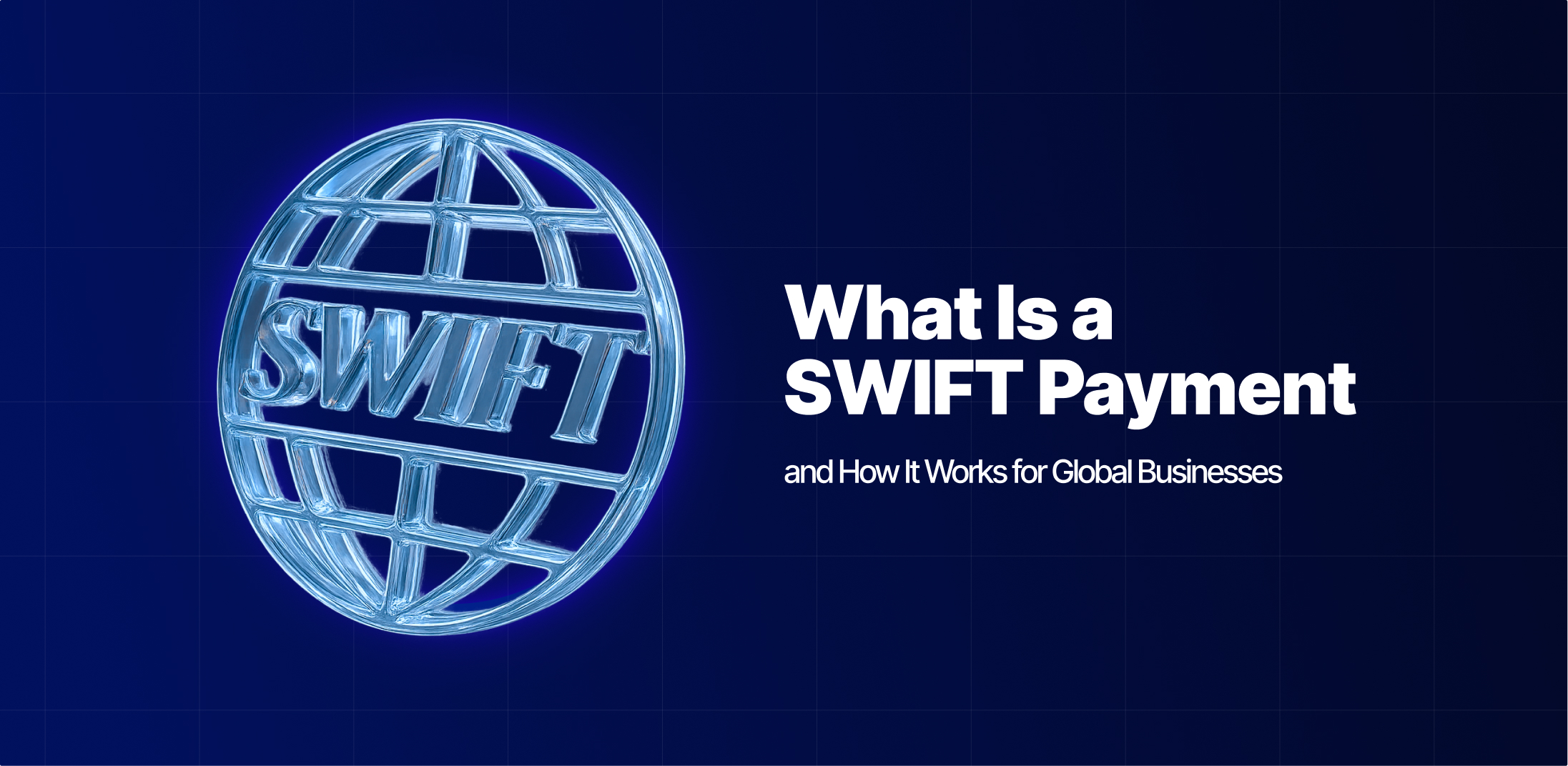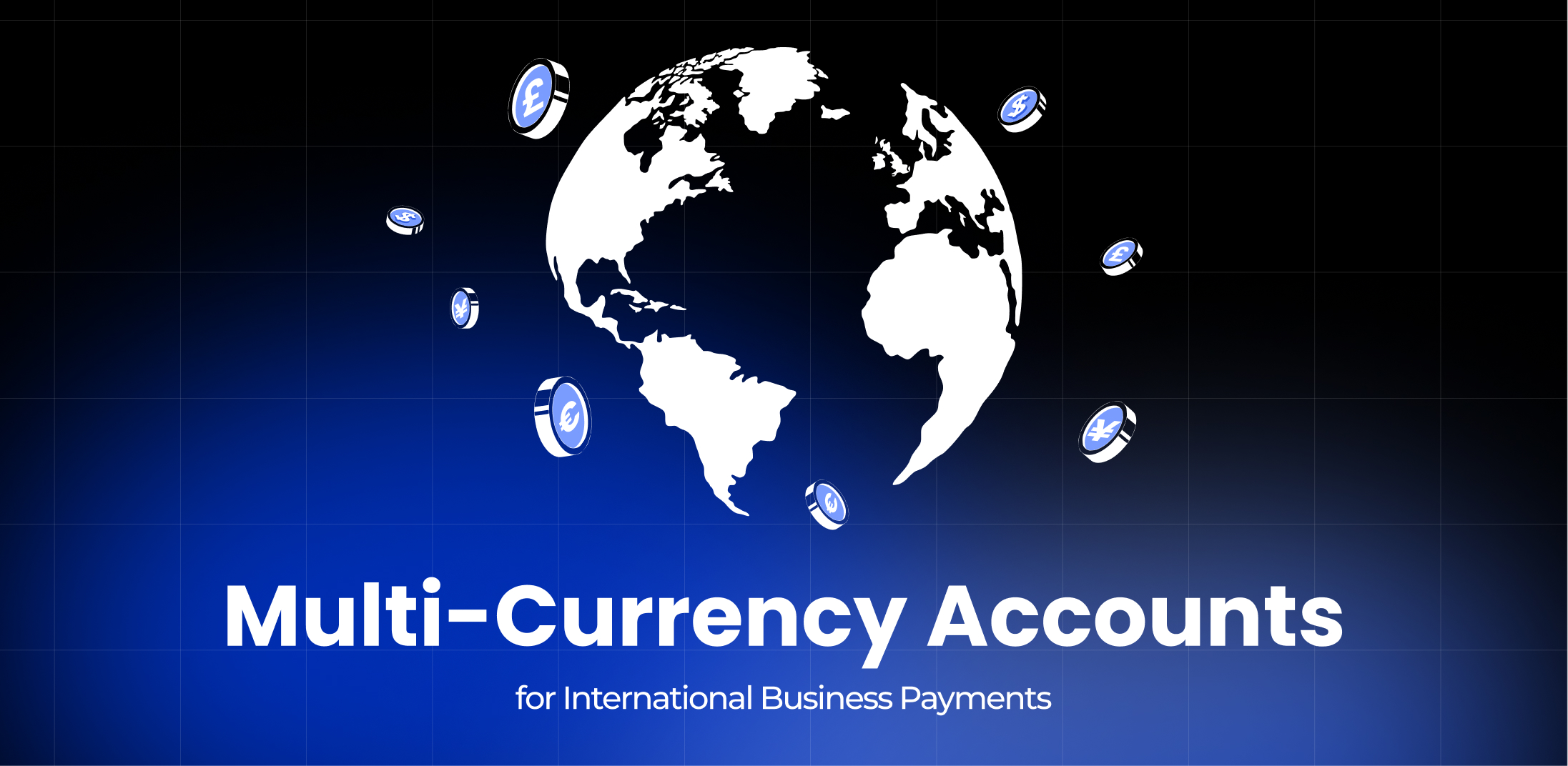When handling international transactions, businesses prioritize speed, security, and cost-effectiveness. SWIFT vs. SEPA are two leading payment systems, each catering to different needs. SWIFT enables cross-border transfers in multiple currencies worldwide, while SEPA is designed for euro payments within Europe, offering a low-cost international transfers solution.
For companies expanding globally, choosing the right payment method is essential. PaySaxas streamlines this process by providing seamless access to both SWIFT and SEPA, ensuring reliable and efficient transactions tailored to your business needs. Whether you seek worldwide coverage or cost-effective European transfers, PaySaxas delivers the expertise and solutions to enhance your financial operations.
Understanding SWIFT
The SWIFT network (Society for Worldwide Interbank Financial Telecommunication) is a worldwide messaging system that facilitates secure and standardized financial communication between banks and financial institutions. Founded in Belgium in 1973, it was developed to replace the outdated telex system with a more efficient and automated solution.
Today, SWIFT links over 11,000 financial institutions across more than 200 countries, serving as a backbone of international finance. Although it does not process payments directly, it provides a secure infrastructure for transmitting payment instructions, ensuring smooth and reliable cross-border transactions.
Thanks to its vast global coverage and high-security standards, SWIFT remains the preferred choice for international money transfers in multiple currencies. Businesses and banks depend on it for facilitating trade, remittances, and corporate financial operations. As the demand for seamless global transactions continues to grow, SWIFT’s role in enabling secure and efficient financial communication remains essential.
Key Features of SWIFT
SWIFT is an international financial network linking more than 11,000 institutions in over 200 countries, allowing for smooth domestic and cross-border transactions. It supports a variety of payment types, including interbank transfers, corporate payments, and trade finance operations. Engineered for large-scale and international payments, SWIFT guarantees secure and efficient communication between financial entities.
It reduces risks and ensures accuracy. Its extensive global presence makes it a go-to solution for businesses managing complex financial transactions. With robust security protocols and standardized messaging, SWIFT continues to be a trusted system for reliable and transparent financial operations worldwide.
Challenges and Costs of Using SWIFT
Although SWIFT is a trusted global payment network, it presents some challenges, especially for businesses handling international payments. One key drawback is its higher transaction fees compared to SEPA, making it a more expensive choice for frequent cross-border transfers. Another limitation is longer processing times, as SWIFT payments often involve multiple intermediary banks.
It causes potential delays, particularly for international transactions. Additionally, currency conversion can be both complex and costly, with fluctuating exchange rates and varying banking fees affecting the final transaction amount. Despite these challenges, SWIFT remains a crucial system for businesses requiring secure, reliable, and multi-currency financial transactions worldwide.
Understanding SEPA
The Single Euro Payments Area (SEPA) is a financial system introduced by the European Union to streamline and unify euro transactions across its member countries. It enables both individuals and companies to conduct euro payments smoothly. It ensures affordability and operational efficiency.
Developed to promote financial integration, SEPA spans 36 European nations, allowing businesses to handle cross-border payments as effortlessly as domestic ones. For companies within Europe, SEPA transfers for businesses offer a cost-effective and simplified alternative to traditional international payment systems.
Recognized as one of the best payment methods for international business in Europe, SEPA provides faster processing, transparent pricing, and improved financial efficiency. Designed exclusively for euro transactions, it remains an essential tool for companies managing payments across the region.
Key Features of SEPA Payments
SEPA encompasses 36 countries across Europe, including both EU and non-EU members, offering a standardized system for euro-based payments. This integration streamlines cross-border transactions, making them as straightforward as domestic payments. A key feature is the SEPA Instant Credit Transfer (SCT).
It allows companies to transfer funds instantly in real-time across the SEPA region, enhancing operational efficiency, particularly for time-sensitive payments. With minimal transaction fees within the SEPA zone, it provides a cost-effective alternative to traditional banking methods.
The system guarantees quick processing times, especially for instant credit transfers, which are typically completed within seconds. Overall, SEPA promotes simplicity and efficiency in financial transactions within Europe, making it an invaluable tool for businesses operating across multiple European countries.
Challenges and Limitations of SEPA Payment
While SEPA provides several benefits, it also comes with certain limitations. It is restricted to euro-based payments within the eurozone, making it less suitable for businesses that handle currencies outside the euro. This can create challenges for a number of companies that need global payment capabilities beyond Europe.
Moreover, SEPA is not designed for international payments outside its participating countries. This means businesses involved in cross-border trade or transactions with regions outside the SEPA zone will need to explore a number of alternative payment methods.
Another limitation is its exclusive focus on the euro, which restricts its applicability for companies operating in non-euro countries. This can be a significant constraint for companies seeking more flexible, worldwide payment solutions.
Comparing SEPA VS SWIFT
When selecting a payment method for international transactions, businesses must choose between SWIFT and SEPA. Each of them offers unique benefits for different needs. SWIFT is ideal for global transfers involving multiple currencies. At the same time, SEPA is designed to streamline euro-based payments within Europe.
Understanding the differences in cost, processing speed, and regional coverage is crucial for determining the best option for your business. This comparison will guide you in selecting the most effective payment system for your international financial operations.
Global Reach vs. Regional Focus
SWIFT provides a global network, connecting more than 11,000 institutions across over 200 countries. It makes it a perfect choice for businesses with international reach. It enables multi-currency payments and supports cross-border transactions, essential for companies involved in global trade or managing complex international financial operations.
On the other hand, SEPA is designed with a regional focus, covering 36 countries within Europe and specifically facilitating euro-denominated payments. It streamlines payments within the eurozone. It offers cost-efficient and quick transfers for companies operating primarily in Europe.
For companies with global operations, SWIFT’s extensive network is crucial, while businesses targeting the European market will benefit from SEPA’s simplified processes and lower fees. Knowing these differences is vital to choose the most suitable payment method for your business needs.
Speed of Transactions
SWIFT transactions generally take 1-5 business days for international transfers, influenced by factors such as intermediary banks and currency conversion processes. On the other hand, SEPA offers instant bank account payments through SEPA Instant Credit Transfer (SCT).
It enables businesses to send funds in real-time across the SEPA zone. For standard SEPA payments, processing typically occurs within 1 business day. It ensures faster and more efficient transactions for euro-based payments within Europe.
Security and Reliability
Both SWIFT and SEPA prioritize security in their operations. SWIFT employs comprehensive global security protocols, including encryption and real-time monitoring, to safeguard transactions on an international scale. While SEPA is similarly secure, it is focused on euro payments within the European region.
It offers reliable traceability and protection. Both systems are renowned for their dependability in executing safe and traceable transactions, with strong anti-fraud measures to maintain payment integrity and ensure secure exchanges.
Ease of Use and Integration
Integrating SWIFT transfer into business operations can be more intricate due to its global scope and reliance on multiple financial intermediaries. This complexity can pose challenges for small and medium-sized enterprises (SMEs) without robust financial systems. On the other hand, SEPA is tailored for European businesses.
It provides a more straightforward and efficient solution for euro-denominated payments. Its simpler framework allows both SMEs and large corporations, especially those focused on the European market, to adopt it more easily. As a result, SEPA tends to be simpler to integrate, particularly for companies with less international scope.
Choosing the Right Payment Method for Your Business

Choosing the right payment method is essential for streamlining financial operations. The decision hinges on several factors such as the size of your business, its geographical scope, and the types of transactions you manage. Whether you need cost-effective, fast, or secure payment options, understanding the differences between systems like SWIFT and SEPA instant payment can help guide your decision.
This ensures that your business can handle payments efficiently, manage costs, and facilitate smooth cross-border transactions. By focusing on what matters most to your business, you can select the best solution for your needs.
Factors to Consider
When selecting a payment method, several crucial factors should guide your decision:
- Business Size and scope. Determine whether your business is local or global. International businesses may benefit from SWIFT’s wide network, while smaller, regional operations may find SEPA more suited to their needs.
- Type of transactions. Consider the nature of your transactions—whether they involve small payments, high-value transfers, or frequent cross-border payments—since this will influence your choice of payment system.
- Currency needs. Assess if your business deals primarily with euros or handles multiple currencies to ensure the selected method aligns with your requirements.
- Cost and budget. Evaluate the associated transaction fees and your budget for payment processing to make a cost-effective choice.
When to Choose SWIFT Payments
SWIFT transfers are the excellent option for businesses that require international payment capabilities outside of Europe. If your company has a global presence or deals in cross-border trade, SWIFT’s vast network, connecting over 11,000 financial institutions globally, ensures secure and efficient transactions.
For companies managing high-value or complex transactions, SWIFT offers the necessary security and dependability to handle large sums and intricate financial processes. Its infrastructure supports a variety of transaction types, from corporate payments to trade finance.
Moreover, for businesses working with various currencies, SWIFT’s multi-currency support enables seamless transfers across borders. It makes it an ideal solution for global payment needs.
When to Choose SEPA Payments
SEPA is an excellent option for businesses primarily focused on the European market, especially those within the eurozone. If your company deals with euro-based transactions and operates with European clients or partners, SEPA offers an efficient and streamlined payment solution.
For companies looking for low-cost, rapid transactions within Europe, SEPA provides an affordable alternative, with its minimal fees and fast processing speeds. SEPA Instant Credit Transfer (SCT) allows for instant payments, making it perfect for businesses that require quick transfers.
Moreover, if ease of use and speed are essential to your business, SEPA’s simple, straightforward processes make it easy to implement and manage. It’s a reliable and convenient choice for euro-denominated payments within the eurozone.
The Future of Business Payment Methods

The business payments landscape is transforming rapidly with the rise of digital payment systems. Traditional networks like SWIFT and SEPA are increasingly being challenged by blockchain and cryptocurrency solutions, which offer decentralized, transparent, and often faster methods for cross-border payments. Cryptocurrencies like Bitcoin and Ethereum are gaining traction among businesses, especially for international transactions, as they promise lower transaction fees and faster settlement times.
Alongside this, the demand for speedier payment systems is growing. SEPA Instant Credit Transfer (SCT) is leading the way in Europe, offering real-time payments and improving efficiency for businesses. As more companies embrace these faster systems, the expectation for instant, cost-effective transactions will likely spread beyond Europe, influencing global payment standards.
To stay competitive, SWIFT and SEPA are adapting to emerging trends. SWIFT’s GPI (Global Payments Innovation) initiative enhances speed and transparency, while SEPA continues refining its services for euro-denominated payments. Both systems are integrating new technologies to improve efficiency, security, and user experience.
For businesses, staying up to date with payment innovations is essential. Adopting new technologies, from cryptocurrencies to faster payment systems, will ensure efficient, cost-effective transaction methods. As the payment ecosystem evolves, businesses must proactively explore and adopt the most suitable solutions to streamline operations and reduce costs.
Closing Thoughts About Payment Methods

In summary, SWIFT and SEPA cater to different business requirements. SWIFT’s extensive global network, ability to handle multiple currencies, and support for complex transactions make it a top choice for businesses with international wire transfer. However, it tends to be more expensive and slower compared to SEPA.
SEPA, designed for euro-based payments within Europe, offers lower transaction fees, faster processing times, and the convenience of real-time transactions via SEPA Instant Credit Transfer (SCT). This makes SEPA a cost-effective and efficient option for businesses focused on the eurozone. For businesses engaged in global transactions across various currencies, SWIFT is the ideal option.
However, for those primarily dealing in euros within Europe, SEPA provides a streamlined and economical solution. Selecting the appropriate payment system is key to enhancing business efficiency and managing costs. PaySaxas offers customized payment solutions to streamline your business transactions, ensuring security and cost-effectiveness. Whether your needs align with the global reach of SWIFT or the speed and affordability of SEPA, PaySaxas is the trusted partner for your business payment solutions.








